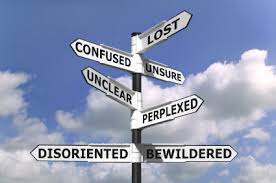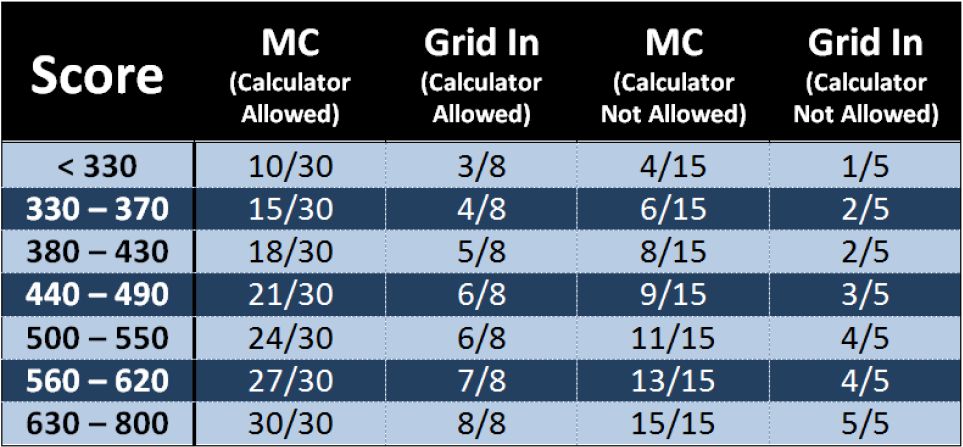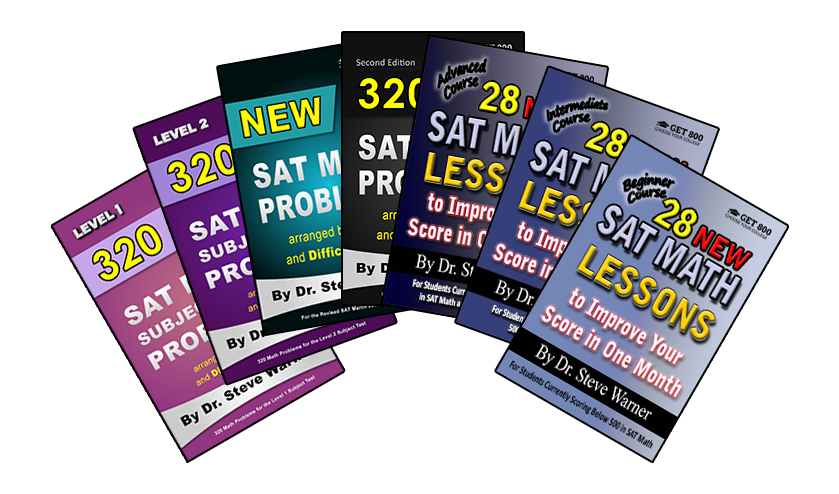
Stop Attempting Too Many Questions On The SAT
Today we are going to discuss how to increase your SAT math score by attempting FEWER questions. The information given here is only for students currently scoring below 630 in math on College Board practice SATs.
Many students are under the misconception that they are supposed to get through every question on every section of the SAT. This is 100% false. If you attempt 2/3 of the questions on each math section of the SAT you can score as high as a 600. Note that a 600 in SAT math is a very good score.
This may seem strange at first. How can attempting only 2/3 of the math questions on the SAT give you a very good score? If you only answer 2/3 of the questions on a test in school, this would usually be considered a failing grade.
Remember that the purpose of a standardized test like the SAT is to classify students by their ability level so that colleges can tell the difference between students coming from different schools. The purpose is NOT to give you a passing or failing grade.
Now, note that roughly 1/3 of the math questions on the SAT are easy, 1/3 are medium, and 1/3 are hard. This means that a score of 600 can be attained without attempting a single hard question.
So how many questions should you be attempting?
Well, there are two math sections on the SAT – one where a calculator is allowed and one where a calculator is not allowed. The calculator section has 30 multiple choice (mc) questions and 8 free response (grid in) questions. The non-calculator section has 15 multiple choice (mc) questions and 5 free response (grid in) questions.
You should first make sure that you know what you got on your last SAT practice test, actual SAT, or actual PSAT (whichever you took last). What follows is a general goal you should go for when taking the exam.

For example, a student with a current score of 530 should attempt 24 multiple choice questions and 6 grid ins from the section where a calculator is allowed, and 11 multiple choice questions and 4 grid in questions from the section where a calculator is not allowed.
This is just a general guideline. If you are particularly strong in one subject area, you may want to attempt one or two harder questions in that specific subject.
As your score on practice tests improves you can begin attempting more problems as given by the chart above.
Try to pace yourself so that you are getting through the appropriate number of questions (as given by the above chart) with at least 5 minutes left to “check over” your answers. By “check over” I always mean redoing each question from the beginning, preferably using a different method than the method that you used the first time around.
One last important point. There is no guessing penalty on the current version of the SAT. So although you may not be attempting to solve some of the problems, you should still fill in an answer for every single question. Before time is up make sure to bubble in random guesses for the problems you did not attempt.
Best of luck on your SAT,

Dr. Steve
Get 800
p.s.: Here is a special offer on all of my SAT math prep books: SAT Math Prep Books Full Bundle

